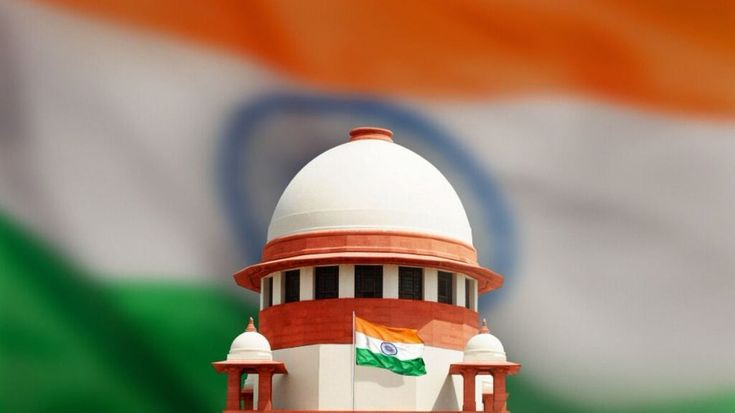Tortious Liability of the State in India: An In-Depth Analysis
The State, as a sovereign authority, is entrusted with powers to govern, regulate, and maintain public order. However, the exercise of these powers is not absolute. When the State or its instrumentalities act negligently or cause harm to individuals, it may be held liable under tort law. The doctrine of tortious liability of the State balances the need for administrative freedom with the protection of citizens’ rights.
In India, this liability is guided by a combination of common law principles, constitutional provisions, and statutory regulations. Over time, judicial interpretations have clarified the scope and exceptions of tortious liability, making it a significant aspect of public law jurisprudence.
Concept and Nature of Tortious Liability of the State
Tortious liability refers to civil liability arising from wrongful acts causing injury or loss to another person. Under this doctrine, the State can be held accountable when its officials act negligently or exceed their powers.
Sovereign vs. Non-Sovereign Functions
- Sovereign functions: Activities like maintaining law and order, defense, and policing. The State enjoys immunity from tort claims for acts done in good faith under these functions.
- Non-sovereign functions: Activities like running corporations, public utilities, or transport services. The State can be held liable if negligence or wrongful acts occur.
Key Case: State of Rajasthan v. Vidyawati (1962 AIR 933) distinguished sovereign from non-sovereign functions, marking a cornerstone in understanding State immunity.
Constitutional and Legal Basis
The constitutional basis for tortious liability of the State comes primarily from Article 300:
“The Government of India or the State Governments may sue or be sued in the same manner as a private person in respect of any contract or tort.”
This ensures that citizens have a remedy against the State for wrongful acts, subject to exceptions of immunity.
Role of Common Law Principles
The principle of respondeat superior applies, making the State vicariously liable for torts committed by its employees within the scope of their employment. Judicial interpretations under administrative law provide guidelines for claims against the State, ensuring accountability while protecting essential governmental functions.
Landmark Cases on Tortious Liability of the State
(a) State of Rajasthan v. Vidyawati (1962 AIR 933)
The Supreme Court clarified that the State is not liable for torts committed in the exercise of sovereign powers but may be liable for negligence in administrative functions.
(b) Nilabati Behera v. State of Orissa (1993 AIR 1960)
This case awarded compensation for custodial death, reinforcing that the State owes a duty of care to citizens, especially under Article 21 (Right to Life).
(c) Municipal Corporation of Delhi v. Subhagwanti (1966 AIR 1751)
The Court held that public authorities are liable for damages caused by negligence in public works like roads and bridges.
(d) State of Karnataka v. Krishnappa (2000 2 SCC 512)
Reiterated that the State is liable for torts arising from negligence by its employees in non-sovereign functions, highlighting vicarious liability
Principles Governing Tortious Liability of the State
- Sovereign Immunity: Immunity for acts in the exercise of sovereign functions.
- Non-Sovereign Liability: Liability for commercial or administrative functions.
- Vicarious Liability: Acts of employees performed within the scope of employment can make the State liable.
- Compensation as Remedy: Monetary compensation is the typical remedy.
- Fundamental Rights Violations: Violations of Articles 21 (Right to Life) and 14 (Equality) can attract tortious liability.
These principles ensure a balance between governmental discretion and citizens’ protection.
Significance of Tortious Liability of the State
Tortious liability plays a key role in:
- Providing remedies for negligence or wrongful acts by State authorities.
- Encouraging caution in administrative functions.
- Maintaining high standards in public services.
- Upholding the rule of law and safeguarding fundamental rights.
It acts as a check on State power while allowing effective governance.
Mnemonic to Remember Tortious Liability of the State
Use the mnemonic: “SAVe COmp”
- S – Sovereign immunity
- A – Administrative/Non-sovereign liability
- V – Vicarious liability
- C – Compensation
- O – Obligation to protect fundamental rights
- MP – Major landmark cases (Vidyawati, Nilabati Behera, Subhagwanti)
About lawgnan
Want to deepen your understanding of Constitutional and Administrative Law? Visit lawgnan.in to explore expertly written articles on doctrines like Tortious Liability of the State, Sovereign Immunity, and Vicarious Liability. Lawgana offers clear explanations, landmark case summaries, and updated interpretations to help students, researchers, and professionals grasp complex legal principles effortlessly. Whether preparing for exams or enhancing legal knowledge, Lawgana makes learning law structured, accessible, and practical.
Start your legal learning journey today with Lawgana – where complex legal concepts become simple and insightful.




